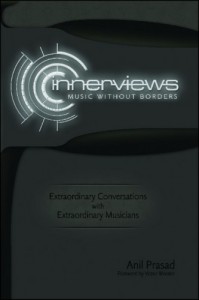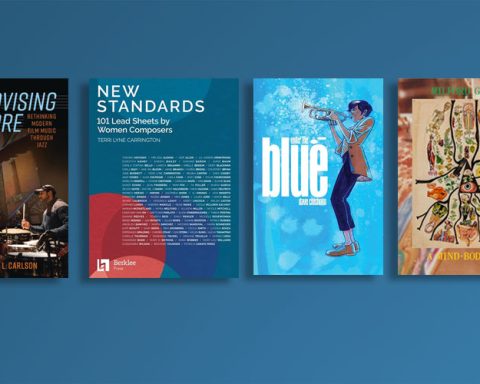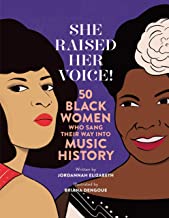 Innerviews: Music Without Borders
Innerviews: Music Without Borders
By Anil Prasad
Abstract Logix, Cary, North Carolina, 2010; 315 pp.; $23.99 paperback
Review by Alex W. Rodriguez
Anil Prasad, a San Francisco-based music journalist whose writing encompasses jazz as well as rock, world music and beyond, has developed a compelling method for interviewing musicians. Through long, in-depth conversations and open-ended questions free of clichés to which many top musicians have become accustomed, Prasad draws fascinating insights about sound, life and the music business from a wide range of talented musicians.
Jazz fans will immediately recognize some of them, such as McCoy Tyner, Joe Zawinul and John McLaughlin. Prasad’s core interest centers on the fusion and world music movements of the 1970s and 1980s, but he does not limit himself to this circle. Interviewees also include Public Enemy’s Chuck D, Icelandic singer-songwriter Björk and genre-bending bassist and producer Bill Laswell.
Since 1994, Prasad has compiled these interviews at his website, www.innerviews.org, the longest-running web-based music magazine. His 2009 book Innerviews selects some of the most interesting conversations, presented sequentially in alphabetical order, with Prasad’s brief editorial interludes at the beginning of each section.
Unfortunately, the introductions themselves are rarely useful, reading mostly like press releases (complete with all-caps subtitles such as “STANLEY CLARKE: BACK TO BASICS”). But once the interview transcripts begin, things get interesting quickly. Rather than merely discussing an artist’s chronology, influences or the like, Prasad asks pointed, specific questions about the artist’s body of work, demonstrating deep familiarity with the music. This quality is what led McCoy Tyner to tell Prasad (according to the website), “You really know what you’re talking about. You’re doing the music a great service with your work.”
[pullquote]A more cohesive narrative framework could have provided material for an in-depth history of musicians’ struggles in the rock-dominated musical landscape.[/pullquote]
Prasad also frequently asks musicians to describe their approach to spirituality and its relationship to their music. This question provokes some of the most memorable responses, usually toward the end of the interviews — such as John McLaughlin’s epigram, “Truth without beauty is the atom bomb.”
Despite being packed with insightful takes on music in the musicians’ own words, the book is not an easy read. The interviews, approximately 10 pages each, are fascinating in their own right but they suffer somewhat when bound together arbitrarily in a 300-page paperback. Reading through them can seem oddly anachronistic; one might prefer the more bite-sized experience that is widely available on the web.
The Innerviews book project, then, is a bit of a missed opportunity. With a more cohesive narrative framework, the interviews could have provided the material for an in-depth history of musicians’ struggles to create art in the rock-dominated musical landscape of the past 30 years. These themes and trends occasionally emerge, but the dots are never totally connected.
But let’s be glad this book was published, simply because of the wider recognition it will bring Prasad’s skill and insight as a music journalist and friend of musicians. In that, I’d echo Tyner’s praise: This book showcases a unique and excellent service being done for the music. Still, readers ought to recognize its limitations and seek out the much larger body of comprehensive and brilliant work available online. If nothing else, Innerviews can inspire us to read through yet more of Prasad’s work at the website.





